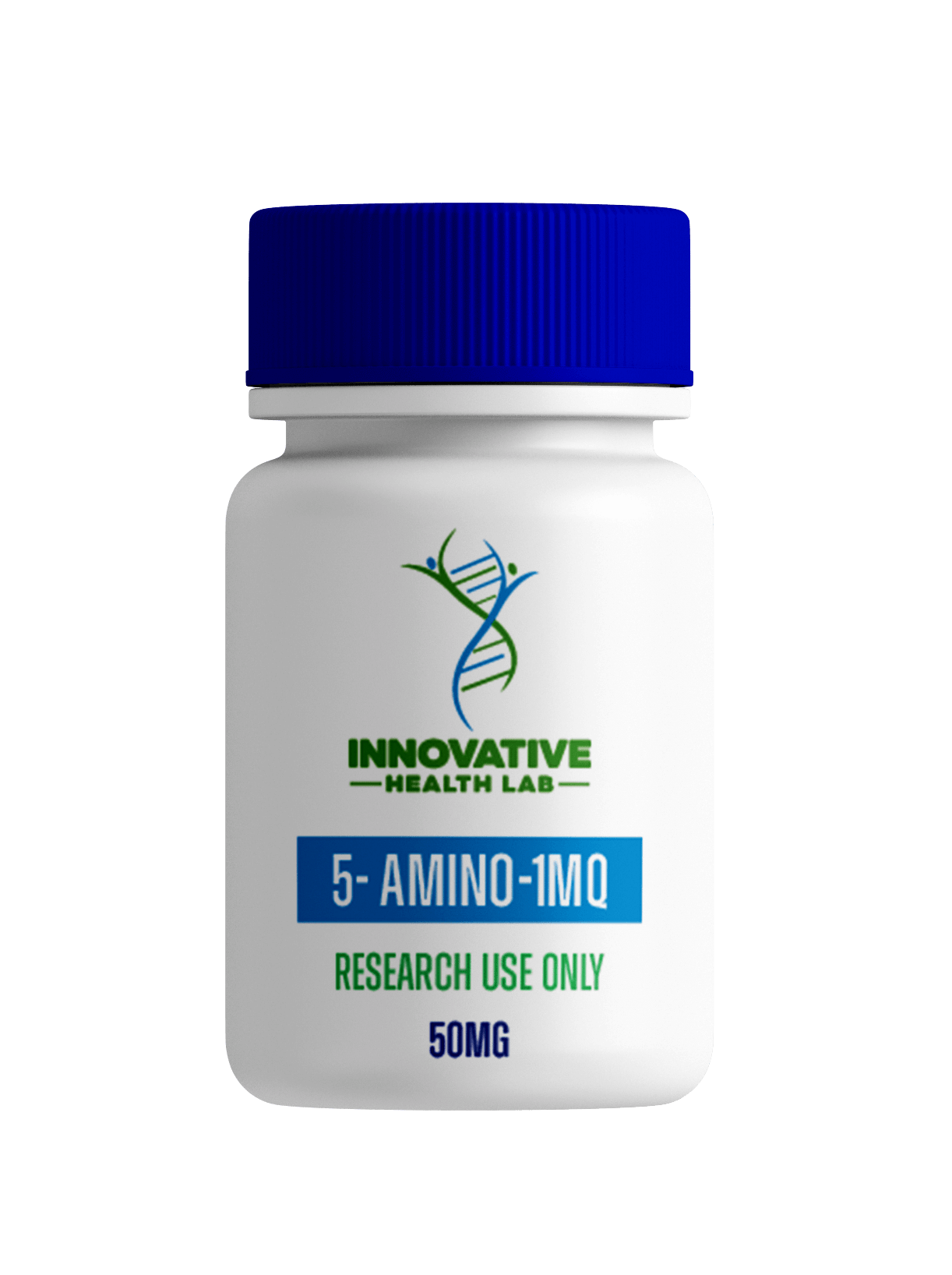Description
5-Amino-1MQ is a promising peptide that’s gaining interest among scientists. It offers many potential benefits, including reducing obesity.
Whether you want to lose weight or improve your health, 5-Amino-1MQ could be the solution. Researchers are investigating whether 5-Amino-1MQ can leverage these properties to positively influence metabolism.
What is 5-Amino-1MQ, and how does it work? Read on to learn more about the compound and its functions and benefits. We’ll explain where to get it and how to consume it to reduce side effects.
Let’s get into the details.
What is 5-Amino-1MQ?
5-Amino-1MQ is a peptide that researchers believe helps improve metabolism. It’s the subject of ongoing studies.
Peptides are short amino acid chains with 2–50 molecules that build proteins. They’re small enough for your body to absorb easily.
There are natural and synthetic peptides that perform body functions. They’re essential for physiological and biochemical processes.
Peptides play a role in slowing aging, wound repair, collagen production, and muscle development. They also help fight infections, improve skin health, and manage blood sugar levels.
Why are researchers interested in 5-Amino-1MQ? The peptide is an NNMT (Nicotinamide N-methyltransferase) inhibitor. NNMT is an enzyme that works in your cells to manage energy and metabolism.
The enzyme slows down how the body breaks down fat cells. When NNMT levels are high, it’s harder for people to lose weight. The tricky part is that extra pounds cause more enzymes to build up.
It’s a vicious cycle where excess fat leads to more weight gain. Scientists want to know if 5-Amino-1MQ can block NNMT’s activity to tackle the problem.
The peptide isn’t FDA-approved for medical use, as research is still in its early stages.
Let’s look at how 5-Amino-1MQ works.
How 5-Amino-1MQ works
Research links NNMT with obesity. Animal studies show that mice prone to obesity have high NNMT levels in their white fat tissue. Mice that don’t easily gain weight have less NNMT.
The studies showed a connection between body fat and NNMT levels. Mice with more fat had more NNMT.
Researchers also found that decreasing NNMT caused a 47% reduction in the mice’s fat mass. They proposed that NNMT may lead to obesity.
5-Amino-1MQ targets the enzyme, which controls fat metabolism. When NNMT is active, it slows fat breakdown, making your body use energy less efficiently.
By blocking this enzyme, 5-Amino-1MQ ensures smooth and effective metabolism. As an analogy, the peptide removes the roadblocks that slow down traffic.
Users report an increase in energy levels and endurance. It’s an excellent option for those combining weight loss with physical activity.
NNMT also lowers NAD+, affecting how our bodies use energy and handle fat. NAD+ (nicotinamide adenine dinucleotide) is a vital molecule in our cells. It’s essential for many important cellular functions, including:
- Energy production: NAD+ converts food into energy for your cells.
- DNA Repair: NAD+ helps repair damaged DNA and keeps your cells functioning well.
- Maintaining cellular health: Enough NAD+ is vital for energy metabolism and cellular health. Low NAD+ levels may cause aging, cancer, metabolic disease, sarcopenia, and frailty.
- Supporting mitochondrial function: NAD+ powers your body by helping mitochondria generate energy. The enzyme also keeps mitochondria efficient and helps it perform under stress.
5-Amino-1MQ increases NAD+ levels by lowering NNMT. By doing so, it improves metabolism and weight control.




